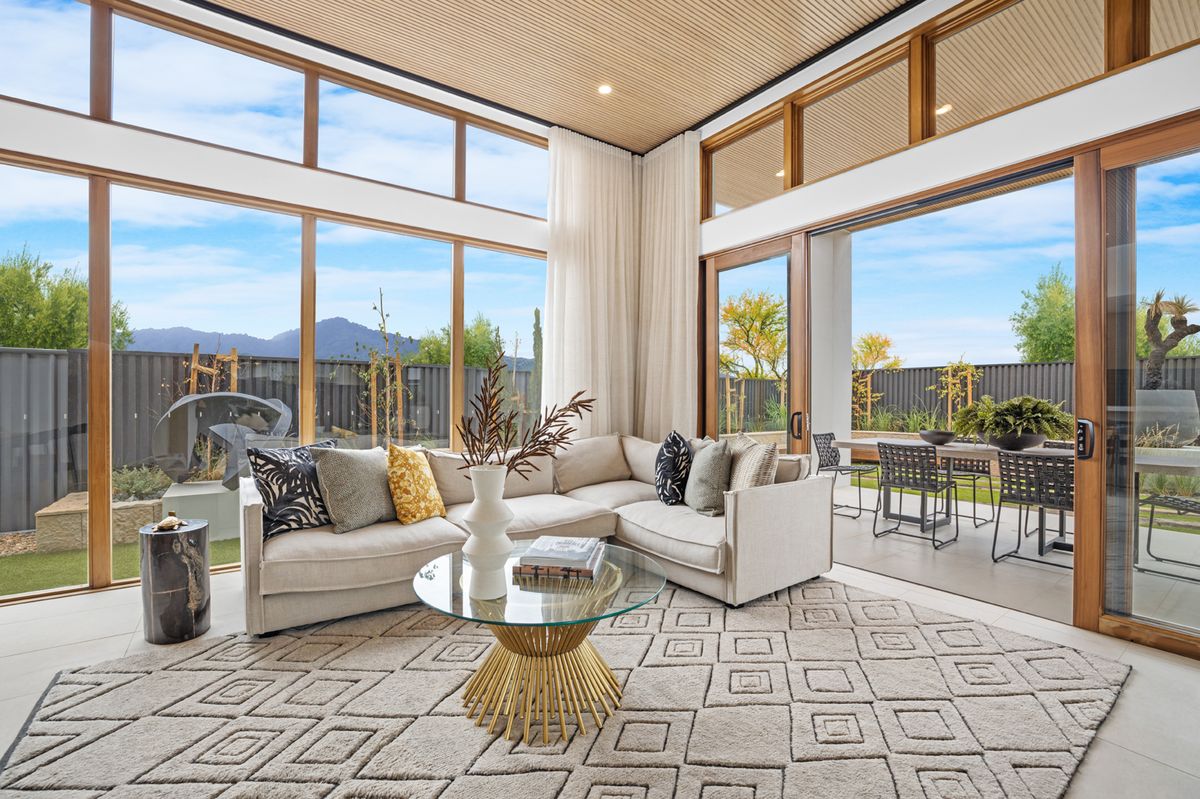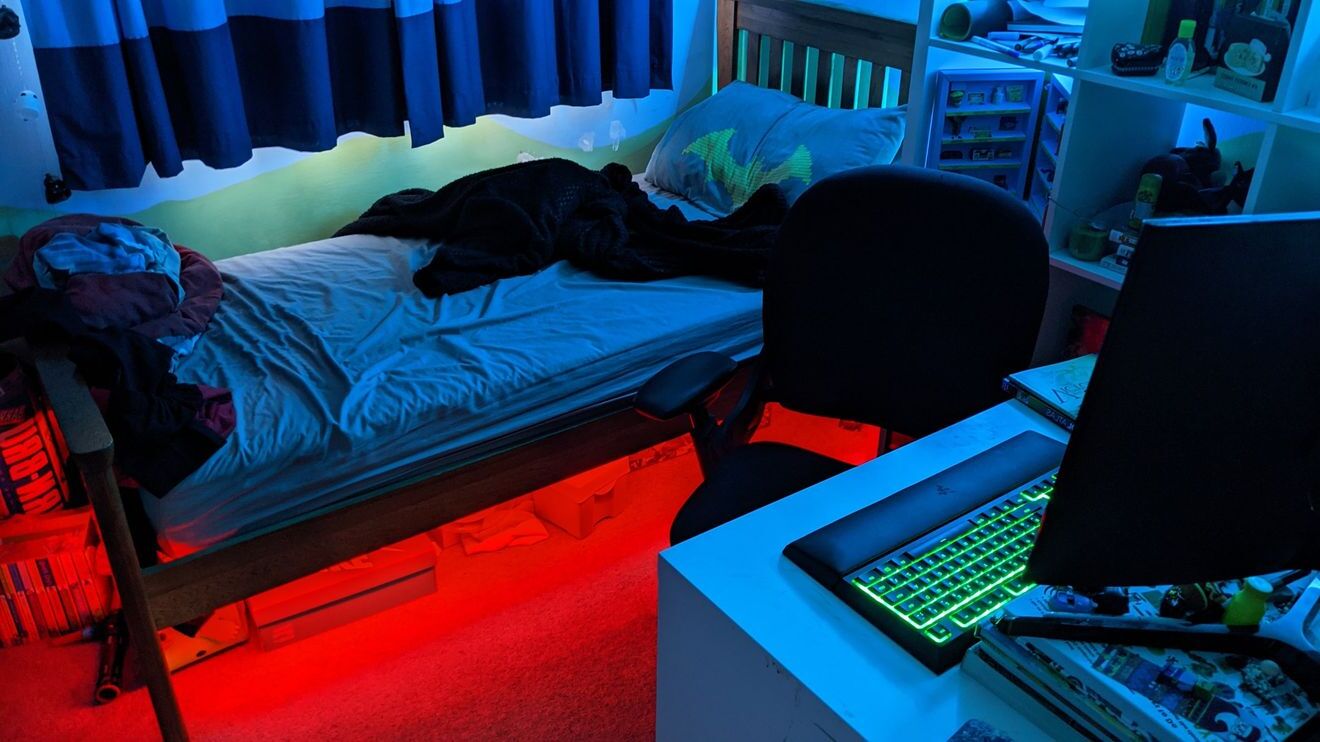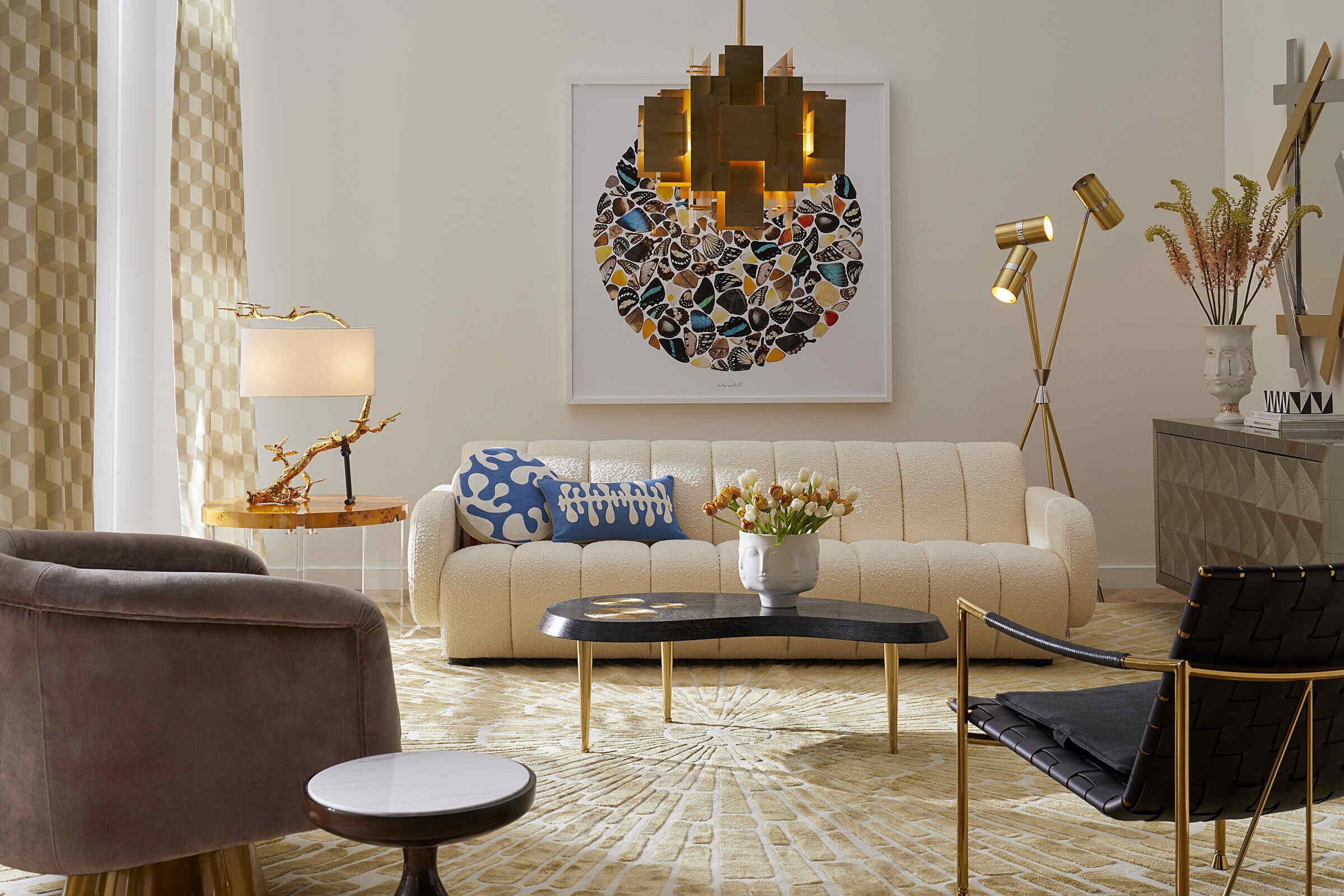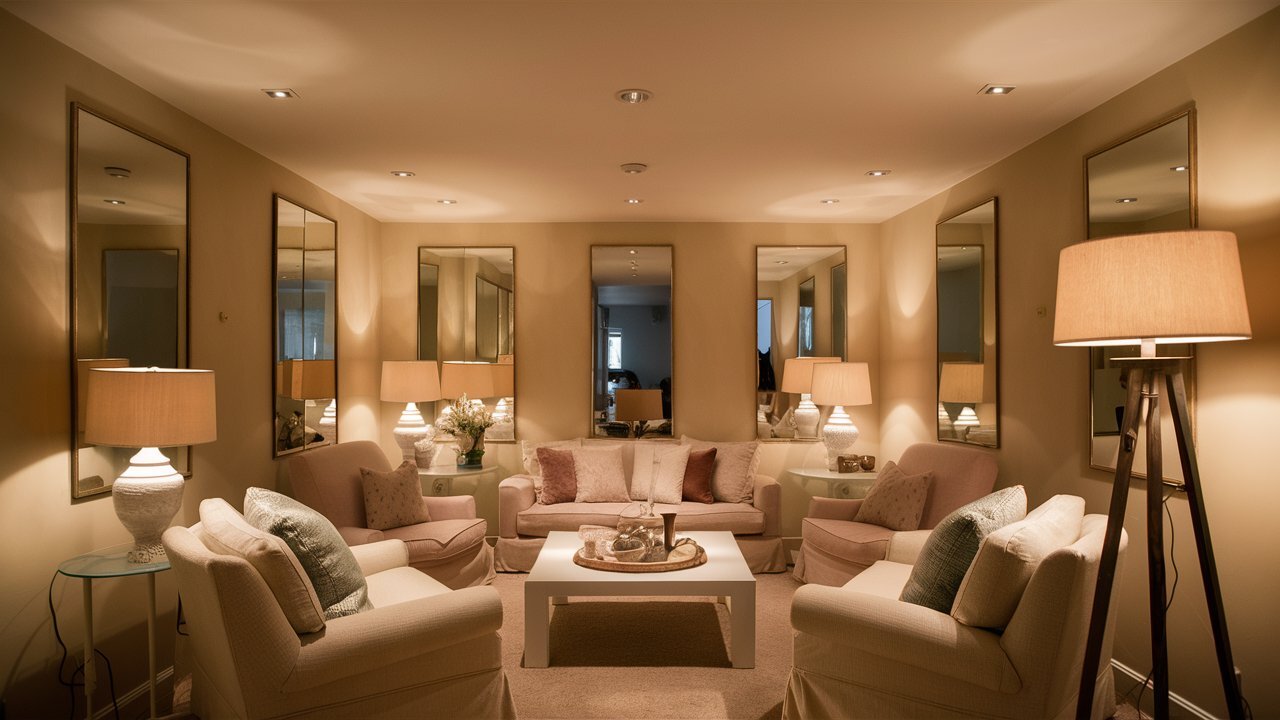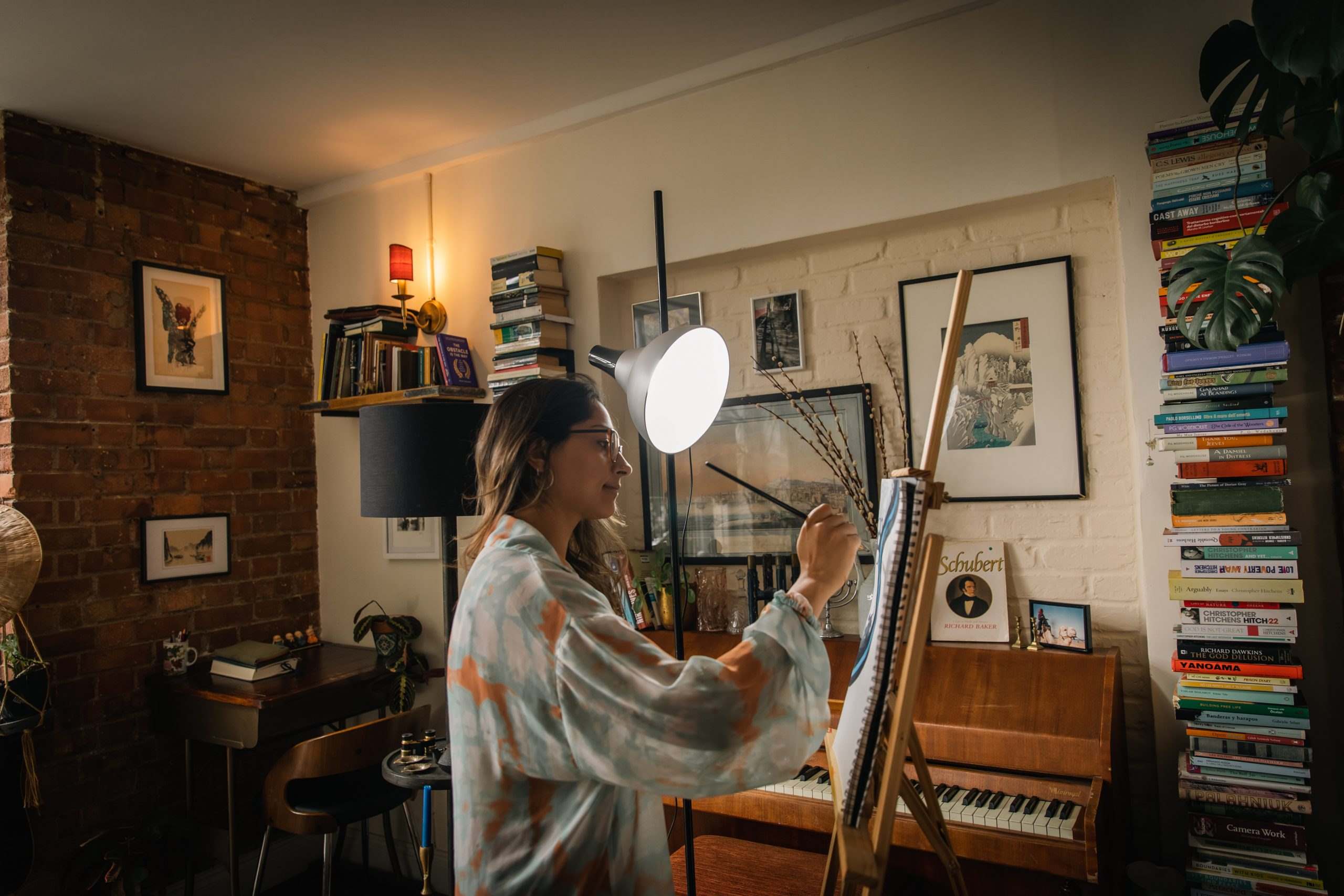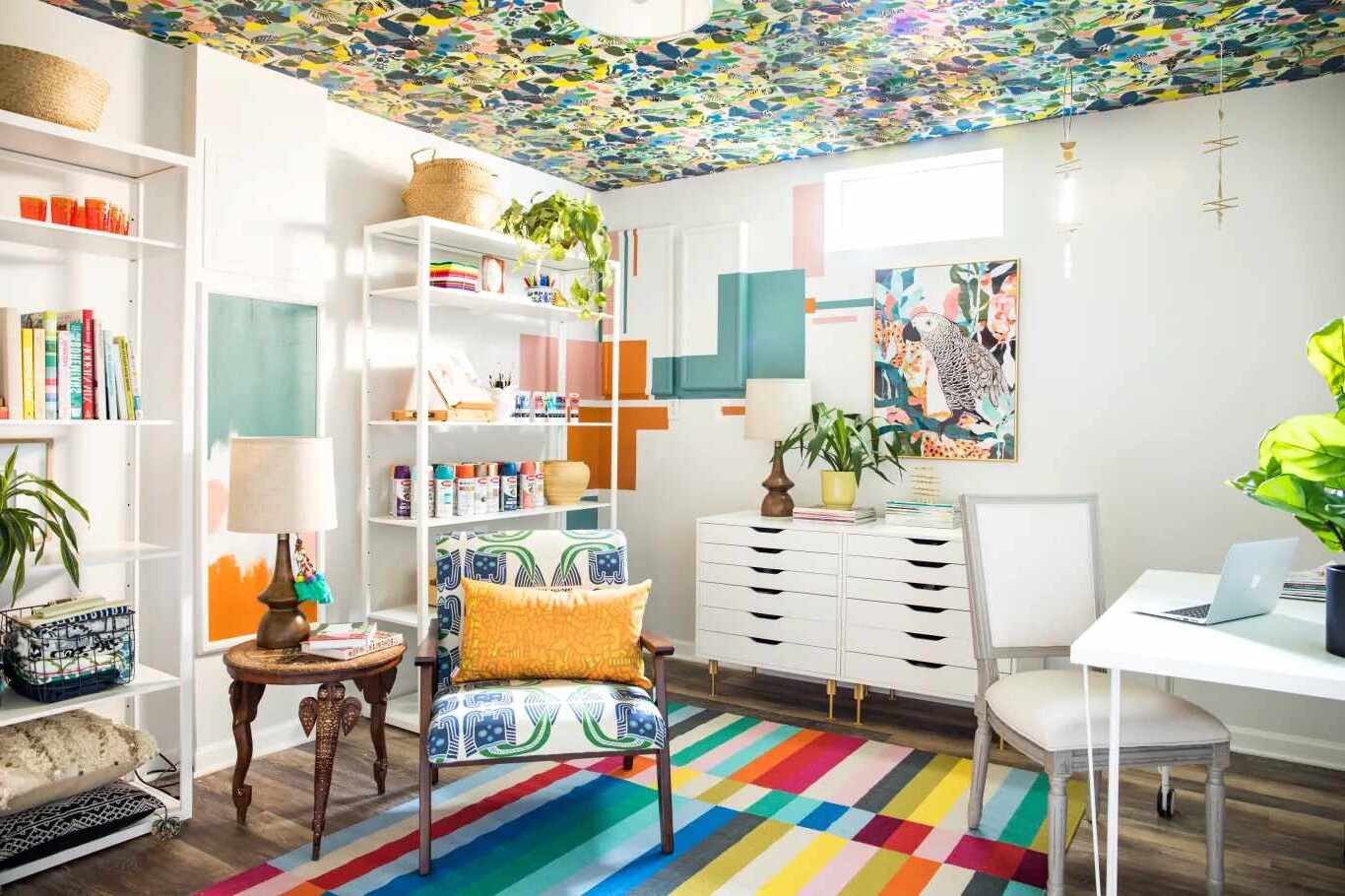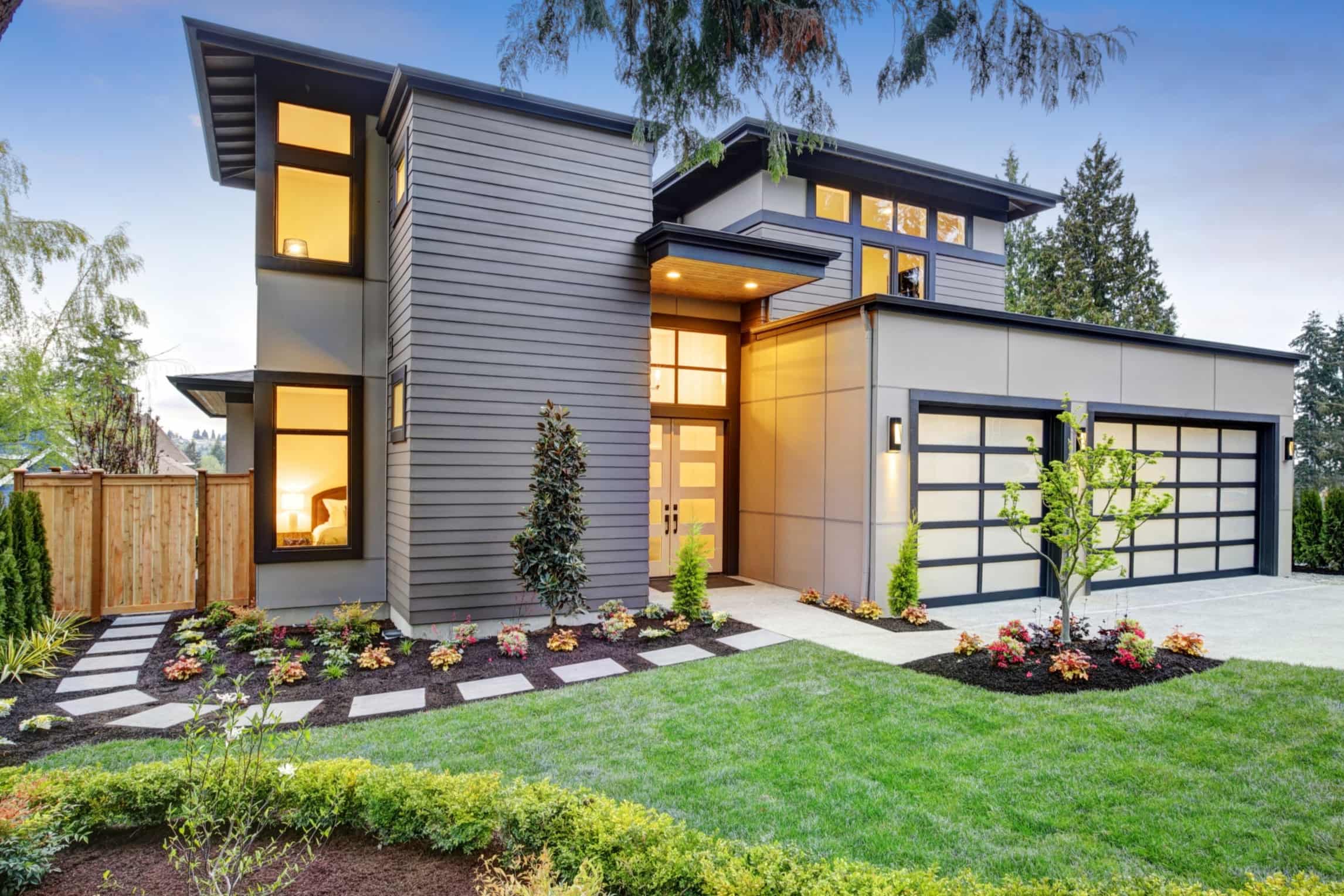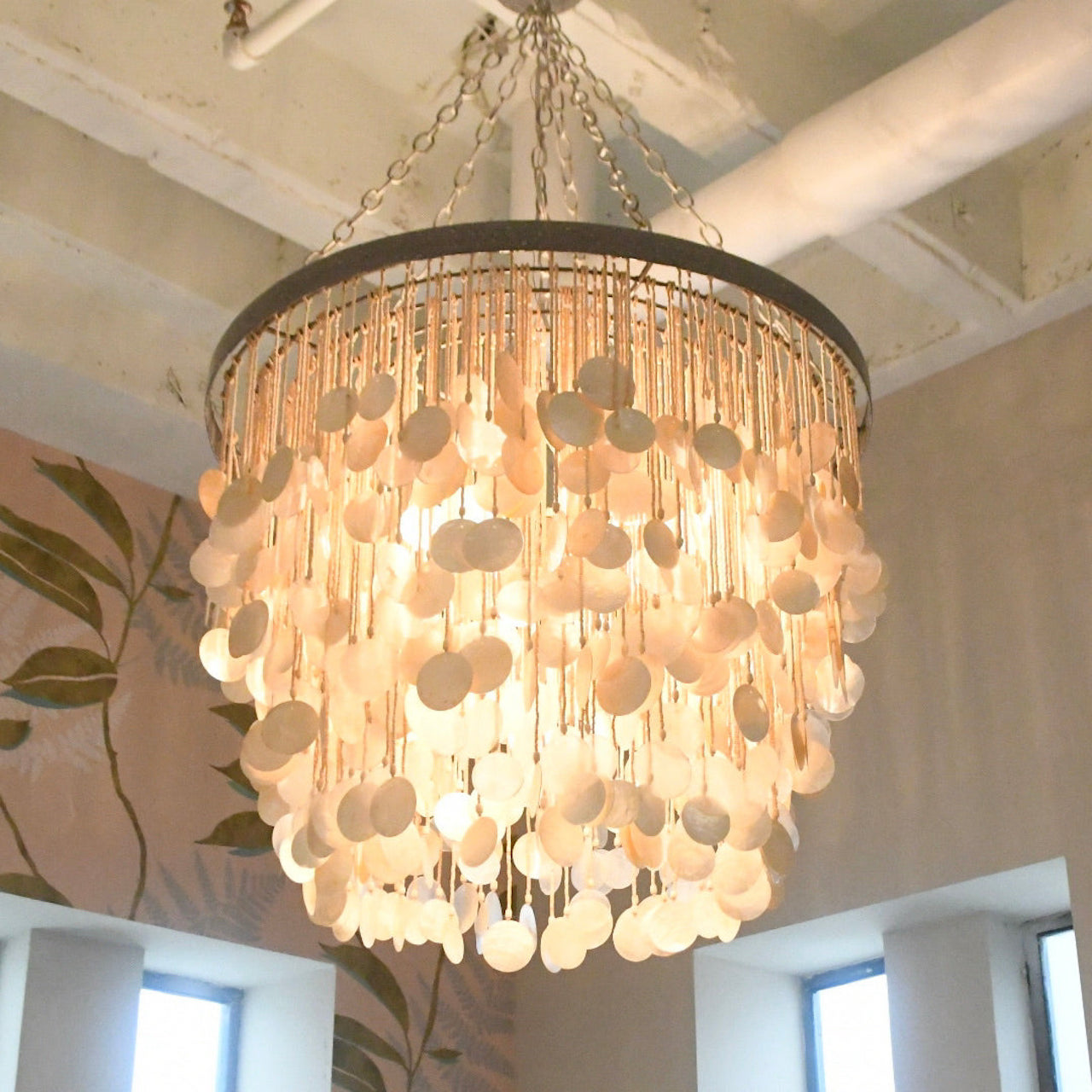Home> Decorative Lighting
Decorative Lighting Guide: Illuminate Your Space Uniquely
Discover the magic of decorative lighting. Explore our comprehensive guide detailing various styles, trends, and techniques to enhance your home’s aesthetic.
Practical Ideas For Bringing Natural Light Into Your Home
By: Emily Roberts • Ideas and Tips
Art Studio Lighting Tips to Illuminate Your Creative Space
By: Oliver Mitchell • Ideas and Tips
Upgrading Your Home’s Exterior Lighting For Safety And Style
By: Grace Wilson • Ideas and Tips
12 Best Capiz Chandelier for 2024
By: Samuel Turner • Your Ultimate Guide To All Things Furniture
